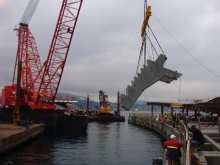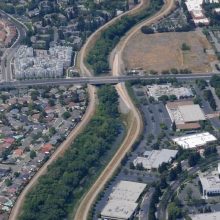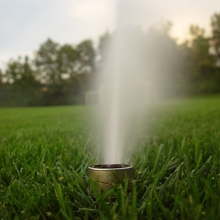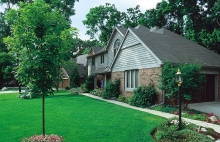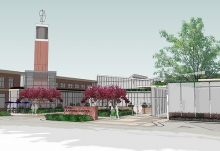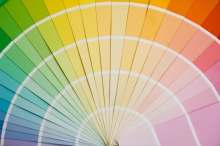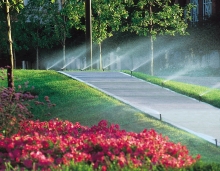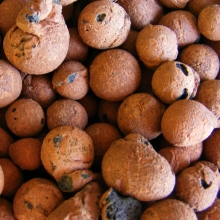Construction of the Vancouver Convention Centre's Habitat Skirt
The Vancouver Convention Centre, which was featured on the Go Green channel as a case study in April, has an extremely unique design feature – an artificial reef (also referred to as a “habitat skirt”). The concrete habitat skirt steps down in five tiers from the underside of the public walkway into the harbor. The skirt was designed with input from marine biologists and other consultants to make it mimic a natural environment.
